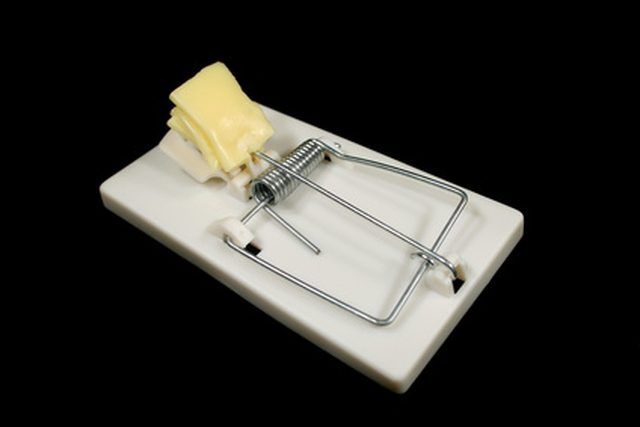Bulbs
Flower Basics
Flower Beds & Specialty Gardens
Flower Garden
Garden Furniture
Garden Gnomes
Garden Seeds
Garden Sheds
Garden Statues
Garden Tools & Supplies
Gardening Basics
Green & Organic
Groundcovers & Vines
Growing Annuals
Growing Basil
Growing Beans
Growing Berries
Growing Blueberries
Growing Cactus
Growing Corn
Growing Cotton
Growing Edibles
Growing Flowers
Growing Garlic
Growing Grapes
Growing Grass
Growing Herbs
Growing Jasmine
Growing Mint
Growing Mushrooms
Orchids
Growing Peanuts
Growing Perennials
Growing Plants
Growing Rosemary
Growing Roses
Growing Strawberries
Growing Sunflowers
Growing Thyme
Growing Tomatoes
Growing Tulips
Growing Vegetables
Herb Basics
Herb Garden
Indoor Growing
Landscaping Basics
Landscaping Patios
Landscaping Plants
Landscaping Shrubs
Landscaping Trees
Landscaping Walks & Pathways
Lawn Basics
Lawn Maintenance
Lawn Mowers
Lawn Ornaments
Lawn Planting
Lawn Tools
Outdoor Growing
Overall Landscape Planning
Pests, Weeds & Problems
Plant Basics
Rock Garden
Rose Garden
Shrubs
Soil
Specialty Gardens
Trees
Vegetable Garden
Yard Maintenance
How to Catch a Shrew
How to Catch a Shrew. Shrews are tiny carnivorous mammals common across the United States. Shrews can benefit a garden by dining on slugs, snails and insect pests. However, if a shrew gets into your house or garage, it can cause damage and even spread disease. Suncus murinus, also known as the house shrew, makes irritating prolonged shrill noises....

Shrews are tiny carnivorous mammals common across the United States. Shrews can benefit a garden by dining on slugs, snails and insect pests. However, if a shrew gets into your house or garage, it can cause damage and even spread disease. Suncus murinus, also known as the house shrew, makes irritating prolonged shrill noises. There's no point trying to catch a shrew with your bare hands; these little animals are fast and can deliver a painful bite. Instead, use one of several trapping methods.
Things You'll Need
Mousetrap
Glass jar
Vole or shrew trap
Buy a vole and shrew trap, or a humane mousetrap from a hardware store. Snap traps placed outdoors may injure or kill birds and local cats. Select traps that either enclose their snap action in a plastic covering, or capture the animal alive.
Place a smear of peanut butter, oats, biscuit or bacon grease inside the trap. Set the trap following the instructions on the package.
Locate the trap near signs of shrew activity. Outdoor signs include small tunnels running through grass.
Consider using a pit trap outdoors for live captures. Dig a hole in a known shrew run large enough to fit a glass jar. Insert the open jar until the lip is level with the ground. Add a lump of cotton wool to cushion the fall of any shrews. Check every day.
Use snap traps for indoor locations. Set them at the bottom of walls and behind boxes. Bait with a dollop of peanut butter.
Tips & Warnings
Try hamburger meat or chocolate as other types of bait.
Be careful when setting snap traps. Wear gloves to protect your fingers.
Handle dead shrews with a plastic bag or gloves. Don't pick up live shrews.